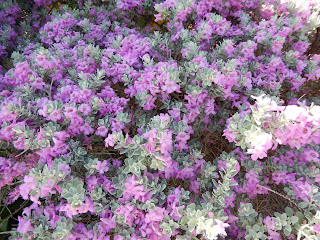It is that time of year when this wonderful shrub is covered in magnificent candle-like golden flowers, Christmas Candle (Senna alata). When these start to flower, you know that Christmas is just around the corner, the days are shorter and the nights are cooler.
Many people have this shrub in their gardens, but they can also be seen growing wild, particularly in the eastern and northern parts of the island. It seems to be quite a hardy plant as it survives irrespective of the weather in preceeding months - the flowers will always appear at the end of the year.
The leaves are quite thick and feel like they have a very fine covering of hairs. At other times of the year, Christmas Candle will just blend in with surrounding greenery. It really is when the flowers come out that it stands out in a class of it’s own, and to me it really does mean that the Christmas season has arrived.




















